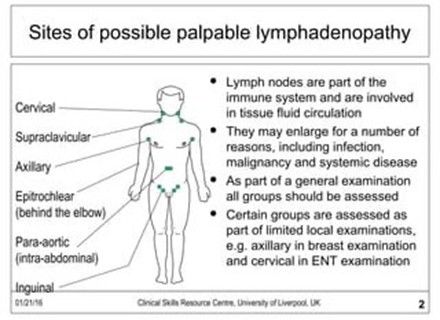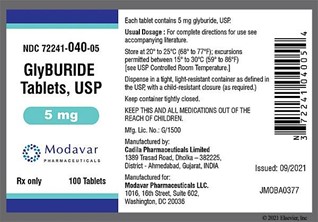The nurse is working at a pain clinic and is preparing orientation for new staff nurses. Which of the following definitions of pain would the nurse correctly choose to include in the orientation?
Pain is an unpleasant sensation, typically experienced upon movement.
Pain is validated by the nurse determining the cause of pain.
Pain is whatever the person experiencing it says it is.
Pain is very subjective, so observations must be used to determine the levels and intensity.
The Correct Answer is C
"Pain is whatever the person experiencing it says it is," to include in the orientation. This definition reflects the concept of pain as a subjective experience that cannot be directly observed or measured, but only reported by the individual experiencing it. It emphasizes the importance of believing and acknowledging the patient's report of pain, and not relying solely on objective indicators or assumptions about the cause or intensity of pain. This definition also aligns with current standards of pain assessment and management, which prioritize patient-centered care and the use of self-report measures to guide treatment decisions.
Nursing Test Bank
Naxlex Comprehensive Predictor Exams
Related Questions
Correct Answer is ["B","C","D"]
Explanation
Assessing unilaterally is not recommended as it may lead to missing important findings on one side.

Correct Answer is A
Explanation
This is the medication that the nurse should expect to administer to the client who is receiving treatment for gestational diabetes mellitus. Gestational diabetes mellitus (GDM) is a condition that occurs when a pregnant woman has high blood sugar levels that are not controlled by diet and exercise alone. GDM can cause complications for the mother and the baby, such as preeclampsia, macrosomia, hypoglycemia, and birth trauma¹. The primary treatments for GDM are diet and increased exercise. However, some women may need medication to lower their blood sugar levels.
The most common medication used for GDM is insulin, which is a hormone that helps the body use glucose for energy. Insulin can be given by injection or by an insulin pump¹. However, some women may prefer oral medications over insulin injections. One of the oral medications that can be used for GDM is glyburide, which is a sulfonylurea drug that stimulates the pancreas to produce more insulin. Glyburide can lower blood sugar levels and reduce the need for insulin in some women with GDM²³. Glyburide is generally safe and effective for GDM, but it may cause side effects such as hypoglycemia, weight gain, nausea, and allergic reactions²⁴.
The other options are not correct because they are not medications used for gestational diabetes mellitus.
b) Levothyroxine
Levothyroxine is a synthetic form of thyroxine, which is a hormone produced by the thyroid gland. Levothyroxine is used to treat hypothyroidism, which is a condition that occurs when the thyroid gland does not produce enough thyroid hormones. Hypothyroidism can cause symptoms such as fatigue, weight gain,cold intolerance, and depression. Levothyroxine is not used to treat gestational diabetes mellitus.
c) Nifedipine
Nifedipine is a calcium channel blocker that relaxes the blood vessels and lowers blood pressure. Nifedipine is used to treat hypertension, angina, and preterm labor. Hypertension is a condition that occurs when the blood pressure is too high. Angina is a type of chest pain that occurs when the heart does not get enough oxygen. Preterm labor is a condition that occurs when the uterus contracts and dilates before 37 weeks of pregnancy. Nifedipine is not used to treat gestational diabetes mellitus.
d) Chlorpromazine
Chlorpromazine is an antipsychotic drug that blocks dopamine receptors in the brain. Chlorpromazine is used to treat schizophrenia, bipolar disorder, and nausea and vomiting. Schizophrenia is a mental disorder that causes distorted thoughts, hallucinations, and delusions. Bipolar disorder is a mental disorder that causes mood swings between mania and depression. Nausea and vomiting are symptoms that can be caused by various conditions or treatments. Chlorpromazine is not used to treat gestational diabetes mellitus.

Whether you are a student looking to ace your exams or a practicing nurse seeking to enhance your expertise , our nursing education contents will empower you with the confidence and competence to make a difference in the lives of patients and become a respected leader in the healthcare field.
Visit Naxlex, invest in your future and unlock endless possibilities with our unparalleled nursing education contents today
Report Wrong Answer on the Current Question
Do you disagree with the answer? If yes, what is your expected answer? Explain.
Kindly be descriptive with the issue you are facing.
